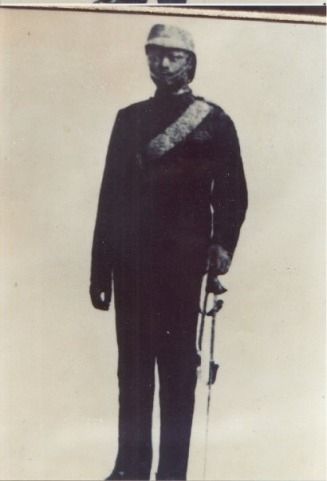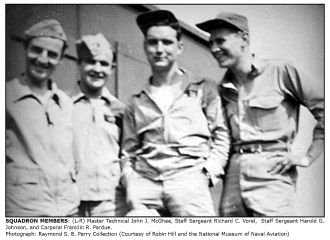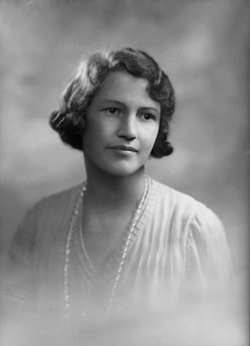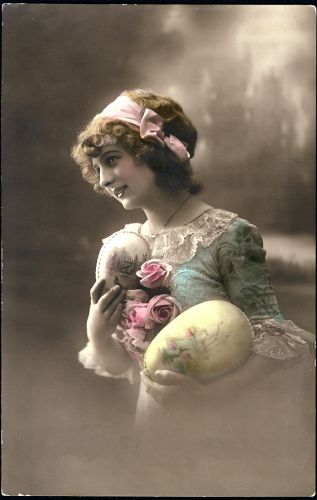Thomas Augustus O. Adu
A photo of the Adu family, Thomas Augustus O. Adu.
Date & Place:
Not specified or unknown.

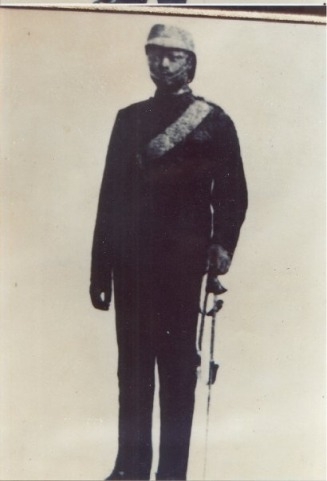
 Martin Adu
Martin Adu 
